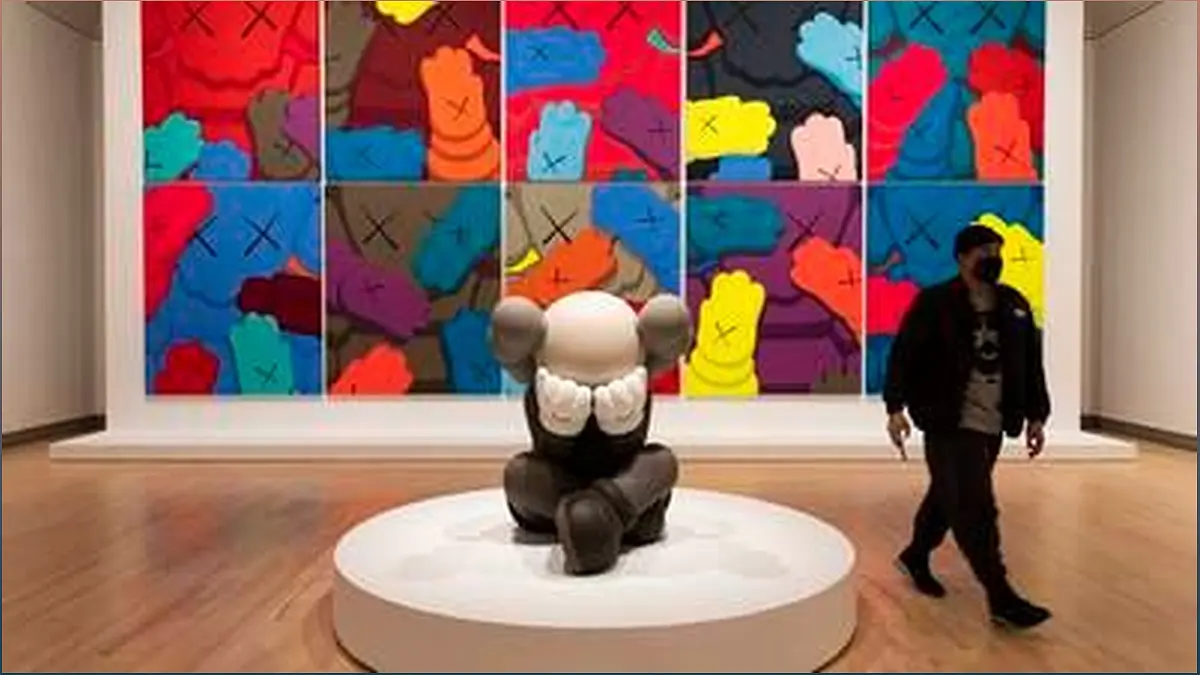Whichever way you dice it, former mayor of New York felt like he had things all sewn up. With a reputation as a ruthless political operator, his no-nonsense style in the US attorney’s office had previously helped him bring heat to the Mafia’s exploits in America. Then, installed at last as mayor of his beloved New York City in the 1990s, he had hatched a plan to fix its soaring crime rates and lack of cash. The big idea? A controversial “civic clean-up” programme that had NYC’s graffiti artists firmly in its sights. But little did he know that this so-called 'crime wave' would eventually pave the way for the evolution of street art and its significant impact on urban regeneration worldwide.
The Origins of Graffiti: From Communication to Vandalism
Explore the historical roots of graffiti and its transformation from a form of communication to a perceived act of vandalism.
In the Roman Empire, writing on walls was considered a form of communication rather than vandalism. Fast forward to the 1960s in the US, where contemporary graffiti found life in Philadelphia as a way for gangs to mark territory.
However, it was Darryl McCray, also known as Cornbread, who declared his love for Cynthia Custuss through graffiti, kickstarting a life of art and activism. This marked the birth of graffiti as an art form.
As the 1970s rolled in, the art of 'bombing' emerged, with notable names like Dondi, Taki 183, and Tracy 168 gaining notoriety for their graffiti work on New York City's subway trains.
Giuliani's 'Broken Windows' Approach: Graffiti as a Symbol of Urban Decay
Discover how former mayor Giuliani's 'Broken Windows' approach targeted graffiti as a sign of urban decay and its unintended consequences.
In the mid-1990s, former mayor Giuliani implemented a 'Broken Windows' approach, which aimed to tackle minor crimes to prevent larger ones and improve impoverished neighborhoods. This approach included a zero-tolerance policy towards graffiti.
However, while graffiti was condemned as an act of vandalism, it was simultaneously gaining recognition in artistic circles. The United Graffiti Artists organized the first graffiti exhibition in 1973, showcasing the crossover between graffiti and 'highbrow art.'
Artists like Keith Haring and Jean-Michel Basquiat played a significant role in bridging the gap between graffiti and the art world, with their works becoming collectible and highly influential.
The Rise of Street Art: From Vandalism to Creative Expression
Witness the transformation of graffiti into street art and its growing acceptance as a form of creative expression.
Street art began to emerge as a distinct form of creative expression, separate from traditional graffiti. While graffiti remained a coded subculture, street art aimed to reach a broader audience.
Artists like Banksy, Shepard Fairey, and Invader gained international recognition for their thought-provoking and visually striking street art pieces. Today, street art is celebrated as a key driver of urban regeneration and cultural development in cities worldwide.
The Impact of Street Art on Urban Regeneration
Uncover how street art has revitalized cities, attracting tourists, boosting property values, and fostering cultural development.
Street art has played a crucial role in the revitalization of cities. Areas that feature street art on their walls are seen as creative hubs, attracting tourists and locals alike.
Studies have shown that neighborhoods with a higher proportion of street art experience greater relative gains in property prices. This positive correlation between street art and property values has led to the integration of street art initiatives in urban development projects.
Moreover, street art has become a symbol of cultural identity and creativity, transforming once-neglected areas into vibrant and thriving communities.
The Future of Street Art: Balancing Creativity and Social Commentary
Delve into the future of street art, its role in social commentary, and the ongoing debate surrounding its place in gentrification.
While street art continues to evolve and captivate audiences, it remains a platform for social commentary. Artists use their work to shed light on pressing issues, from political conflicts to global crises.
However, the relationship between street art and gentrification is complex. While street art can contribute to the regeneration of neighborhoods, it can also be seen as a catalyst for gentrification, leading to the displacement of local communities.
As the future unfolds, it is crucial to strike a balance between the creative expression of street art and its impact on communities, ensuring inclusivity and preserving the authentic spirit of the streets.

